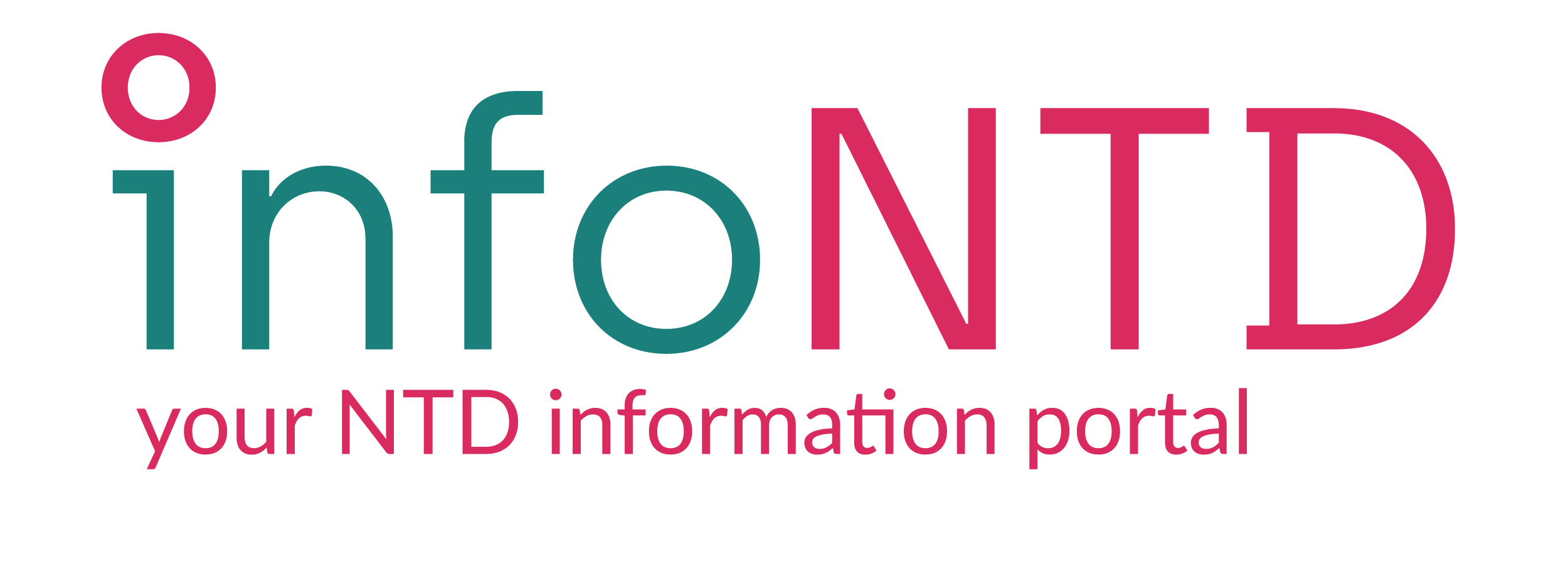Self-healing in leprosy: A systematic review
Background: Leprosy, caused by Mycobacterium leprae, affects multiple body systems and can lead to preventable disability if untreated. While multidrug therapy (MDT) has been available since 1982, historical evidence suggests that untreated leprosy can resolve spontaneously. Nevertheless, the prevalence of self-healing worldwide, as well as factors determining self-healing, remain unclear.
Methods: A systematic review was conducted in 2023 with data from PubMed, Infolep, and Web of Sciences data bases, along with a google search. Data extraction and analysis followed PRISMA guidelines and were summarized in a separate Excel sheet. Included were English-language studies on self-healing in leprosy, regardless the year of publication.
Results: We included six studies spanning from 1938 to 1978 exploring the incidence of self-healing in different countries and continents. Children, paucibacillary (PB) cases, and possibly males showed a higher probability of self-healing with an average healing time of two years.
Discussion/Conclusion: Recent research on self-healing in leprosy is scarce and evidence limited. This is primarily due to ethical concerns regarding withholding effective treatment of diagnosed patients, and because of the absence of an agreed definition of self-healing. Nevertheless, self-healing appears to be a plausible phenomenon influenced by geographic and demographic factors, and the type of leprosy. We recommend further research on self-healing in leprosy, as it provides insight into the human immune system and the determinants of this phenomenon. More insight could help adapt clinical practices and public health strategies, thereby contributing to an effective management and control of this disease.

 infontd
infontd